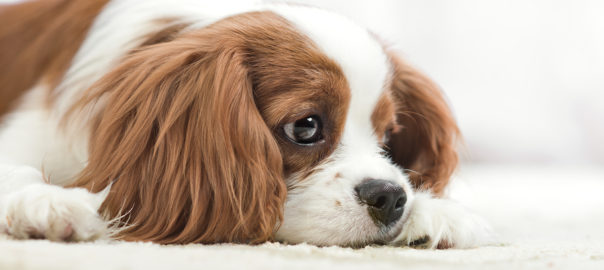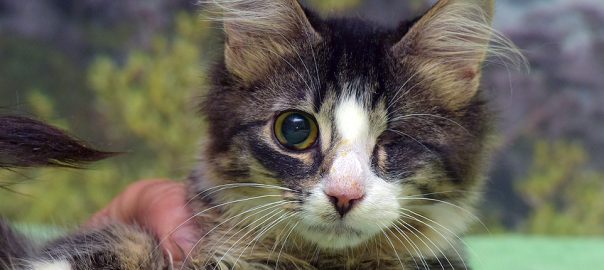What can you do to be sure your pets will be cared for after your death? Here’s what I told a reader.
Q: We’re writing our will, and it occurred to us that we also need to have directives for our pets’ care if we are incapacitated or dead. What should we include?
A: You’re smart to be thinking about that. Disasters come suddenly and unexpectedly. Planning ahead will help ensure that your pets get the care they need if you’re not around.
First, choose a primary person and a backup person who are willing to take charge of your pets if necessary (maybe you can promise to do the same for them). They should have keys to your house and a folder containing pet medical records, instructions for regular medications, including where they’re located and how you entice your pet to take them, a copy of your pet’s license, your veterinarian’s name and contact info, pet insurance information if you have it (and you should), and photos and a physical description of your pets.
Make sure your veterinarian is familiar with the care plan and has the names of the persons you’ve chosen to care for your pets. You can arrange to have your veterinarian run a tab or put charges on a credit card you have on file with the clinic in case you are unavailable, with the agreement that you or your estate will settle the bills. Carry a card in your wallet stating that you have pets, how many and what kind, and the names and numbers of the people who should be contacted to care for them.
In your will, you can’t leave money directly to a pet, but you can put a certain amount in a trust to cover expenses the caretaker will have throughout the pet’s life. Your attorney can help you set this up in a way that is most beneficial for your pet(s).
There’s more in Pet Connection, the weekly nationally syndicated pet feature I co-write with Kim Campbell Thornton and my daughter, trainer Mikkel Becker.




